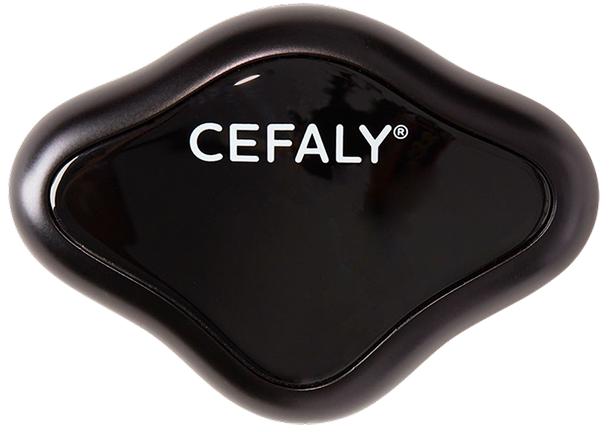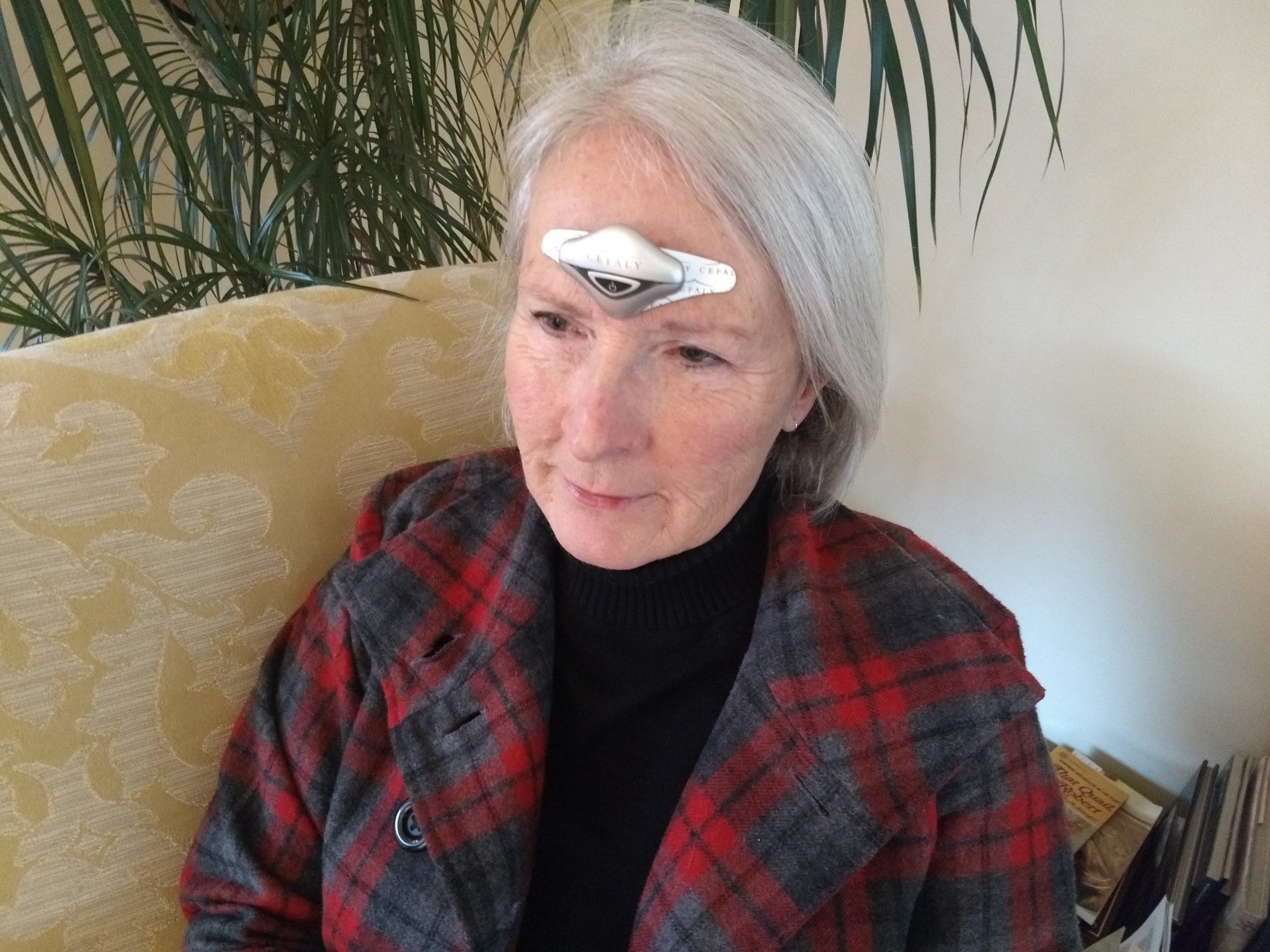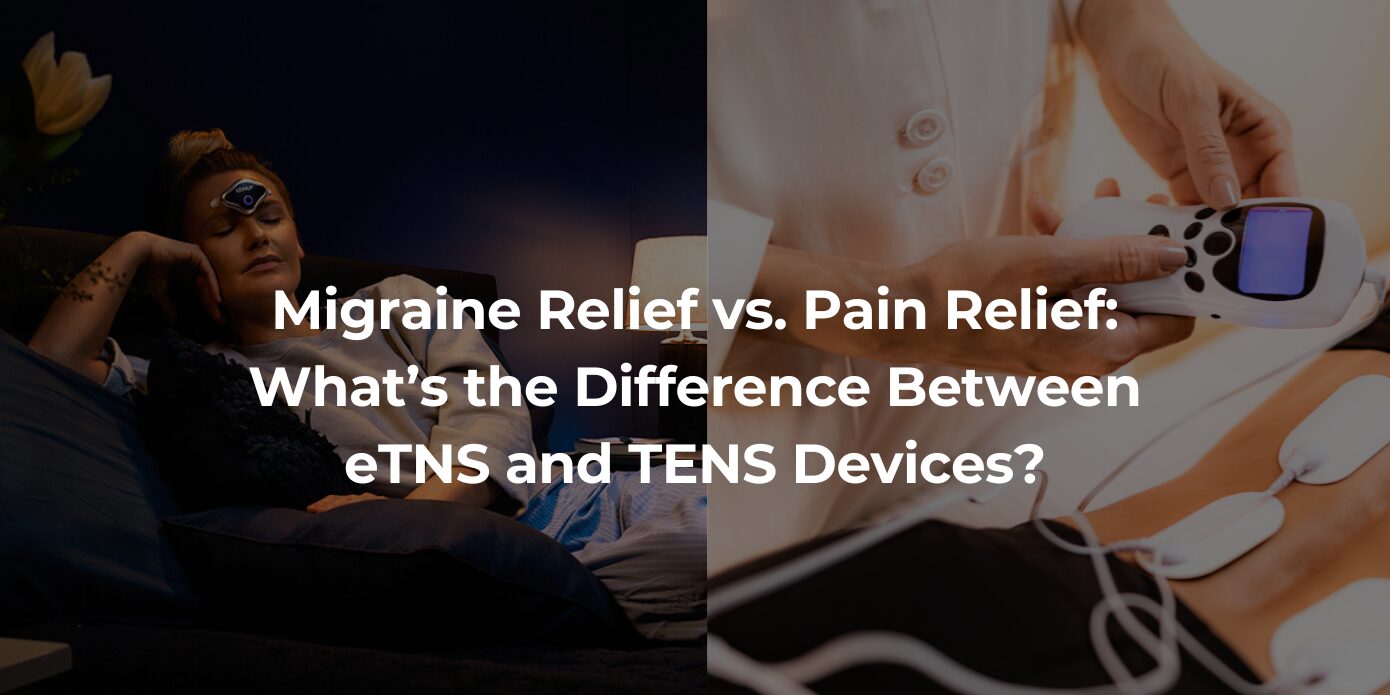“I have some good news,” your manager says. “I want you to come to the big industry conference in Orlando this fall and moderate a panel discussion Tuesday evening. Are you excited?”
You wish you could be excited. But you live with chronic migraine, and travel of any kind is hard. A big, stressful, high-profile work trip is even harder. How are you going to pull this off?
You need a solid plan for navigating migraine and work travel.
1. Know you’re not the only one struggling.
In one survey of people with migraine:
- 94% found the thought of getting a migraine attack during travel somewhat or very stressful
- 89% said they had delayed travel because of a migraine attack
- 71% said that the way they travel is affected by their migraine disease
2. Have a plan B.
It can really reduce your stress to know that the entire work trip isn’t depending on you. Ask a coworker to act as your understudy, so they’re prepared to step in if you’re disabled by migraine. It may help to be honest with your manager about your concerns.
Just remember that you don’t have to share medical details with your manager if you don’t want to. Here’s a possible script: “I’m so honored you want me to speak at the event! I should let you know that I have a chronic medical condition that sometimes flares up and makes me feel very ill all day. If that happens, do you think Amir would be able to lead the panel?”
3. Focus on stress reduction.
Stress is the #1 commonly reported migraine trigger, so now’s the time to start taking stress management seriously. Work stress is hard to escape — we get that. But you’re not powerless! What can you add to or remove from your life to reduce your stress burden? Some ideas:
- Ask your manager to take a few projects off your plate before the conference
- Download some stress relief apps on your phone
- Learn some simple breathing techniques for stress relief
- Outsource any stressful life tasks, if you can, or ask someone to help
- Practice saying “no” when someone asks you to take on an extra commitment
- Start a daily practice of journaling, meditation, or something else that restores you
Get Drug-Free Migraine Relief With CEFALY
Shop Now
90-day money back guarantee
FDA-cleared
financing available
4. Plan ahead to avoid triggers during your trip.
Work travel with migraine is really, really hard. Changes in routine, shifts in temperature, sleep disruptions, weather changes, and general anxiety all can trigger an attack. When you’re planning your work trip, identify any accommodations that can help you stay migraine-free. For example, you might fly in a day ahead of schedule so you can be well rested. Or, you might tell the hotel you have a fragrance sensitivity to see if they can book you a room without scented products.
| Your Work-Trip Migraine Toolkit: Ice packs Cooling gel hat Ice roller Heating pad Water bottle Electrolyte packs Essential oils Supplements Sunglasses or migraine glasses Eye shade Medications CEFALY plus charger and electrodes |
5. Pack your full migraine toolkit.
If it’s a short work trip, you might think you can get away with the basics: pain relievers, a few triptans, some dark glasses. Don’t risk it! You know that once an attack begins, you won’t be able to go to the store or pharmacy and buy migraine remedies. So travel with everything you like to have in your migraine toolkit — including your trusted CEFALY device, charger and electrodes.
What if you forget your medication? In the U.S., it’s usually possible to refill a prescription while traveling. Call your healthcare provider’s office or your home pharmacy and ask if they can arrange for a pharmacy near you to dispense your migraine medication. You can also ask your insurance company for a one-time vacation override to cover the costs of a refill.
Try CEFALY to Prevent & Relieve Migraine Pain
6. Tell your healthcare provider about your migraine-work travel concerns.
If you already know that travel is a problem for you, or if your migraine has been worsening, your doctor may be able to prescribe bridge therapies: “a short course of medication to ‘bridge the gap’ between prevention and acute treatment.” This might include anti-inflammatories, steroids, anti-nausea medications or nerve blocks.
6. Stick to your migraine prevention routines.
The migraine brain hates change. Do your best to maintain the normal schedule you’d keep if you weren’t on a work trip: same mealtimes, same bedtime, same amount of caffeine, etc. Staying rested, fed, and hydrated can raise your migraine trigger threshold and help you avoid an attack.
It’s also important to stay committed to your migraine prevention treatments with CEFALY. Daily, 20-minute neuromodulation treatments can make a huge difference in migraine frequency. Make CEFALY a soothing part of your bedtime routine.
7. Advocate for your needs.
You’ve made it to Orlando, and you’re feeling pretty good. After dinner, your team’s heading out to a local karaoke bar. They’re pressuring you to join them, but you know that if you do, you’ll be wrecked the next day.
Don’t give in! Practice saying no, gently but firmly. It can help to have a migraine ally in the workplace who can speak up on your behalf, too.
8. Be nice to your brain after the trip, too.
You did it. You moderated a panel in front of a huge crowd, and everyone said it was a success. Achievement unlocked. But as soon as you get home, you feel the first warning signs of a migraine attack. Ugh!
Why do we get migraine after travel? It may be the letdown effect, which is sort of like a stress hangover. You may have to call in sick, rest in a dark room, and use CEFALY’s ACUTE program to relieve the pain.
If you absolutely have to go to your job, try these strategies for dealing with migraine at work.
Curious about CEFALY? Discover how this breakthrough neuromodulation treatment device can treat migraine attacks and reduce migraine frequency — with no prescription needed. Here’s how it works.














